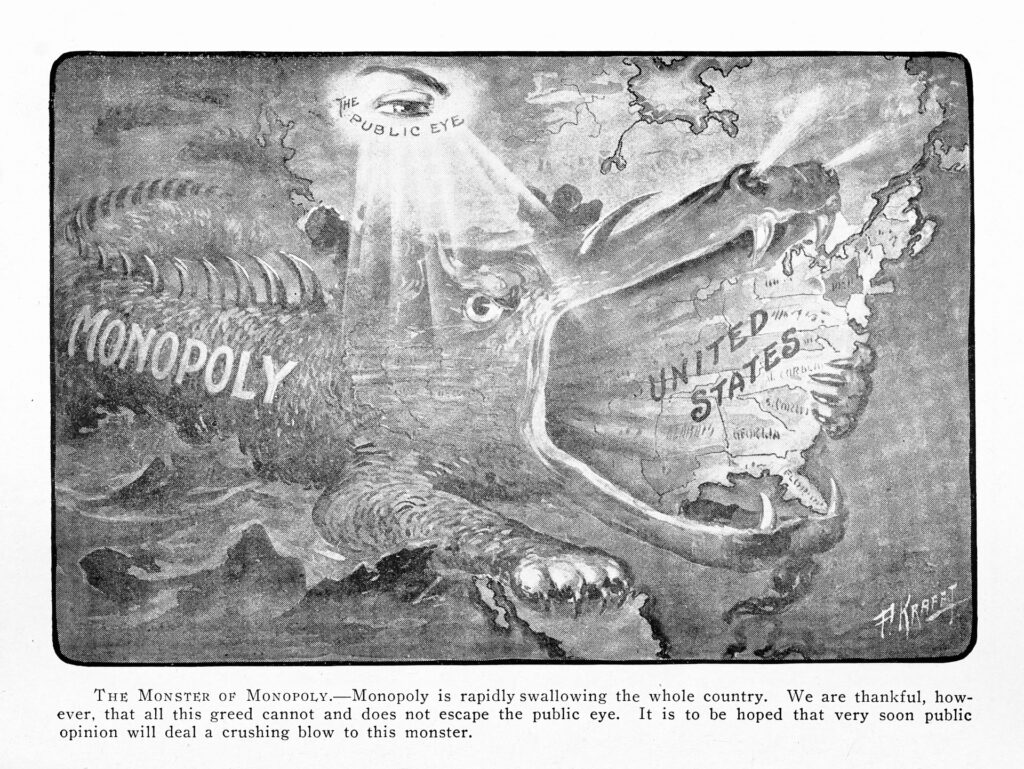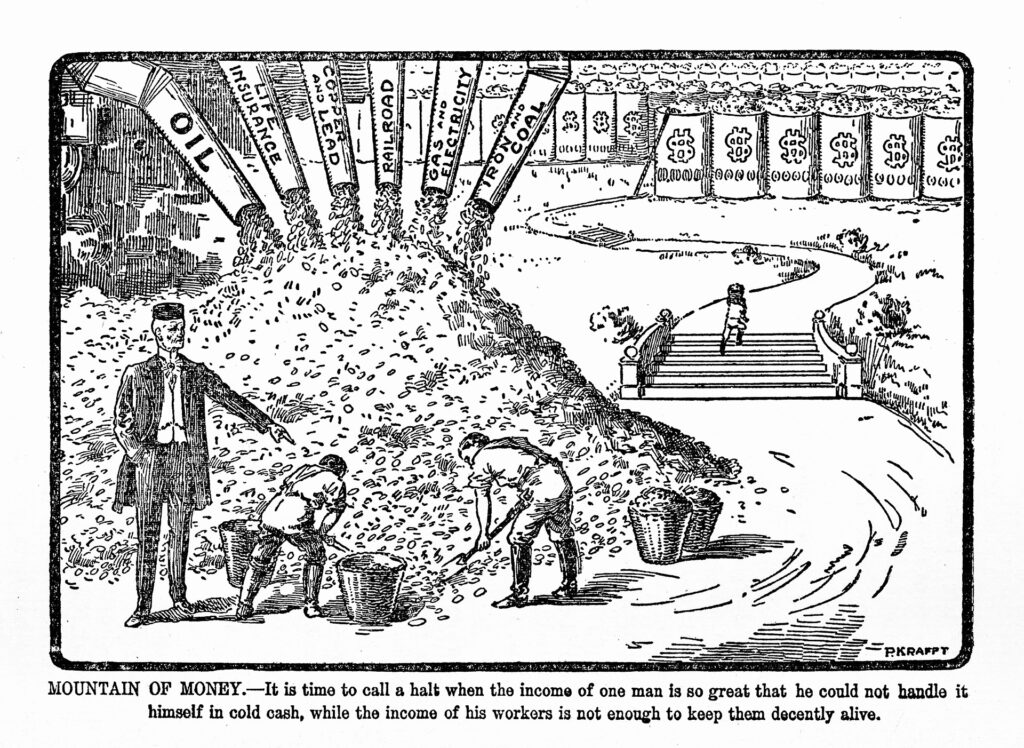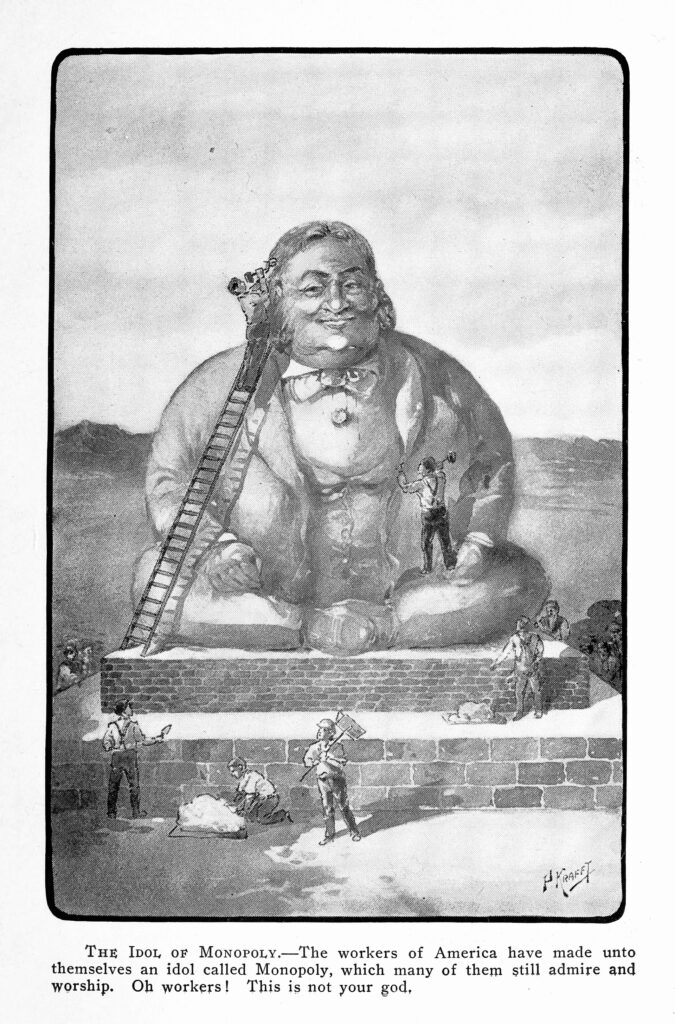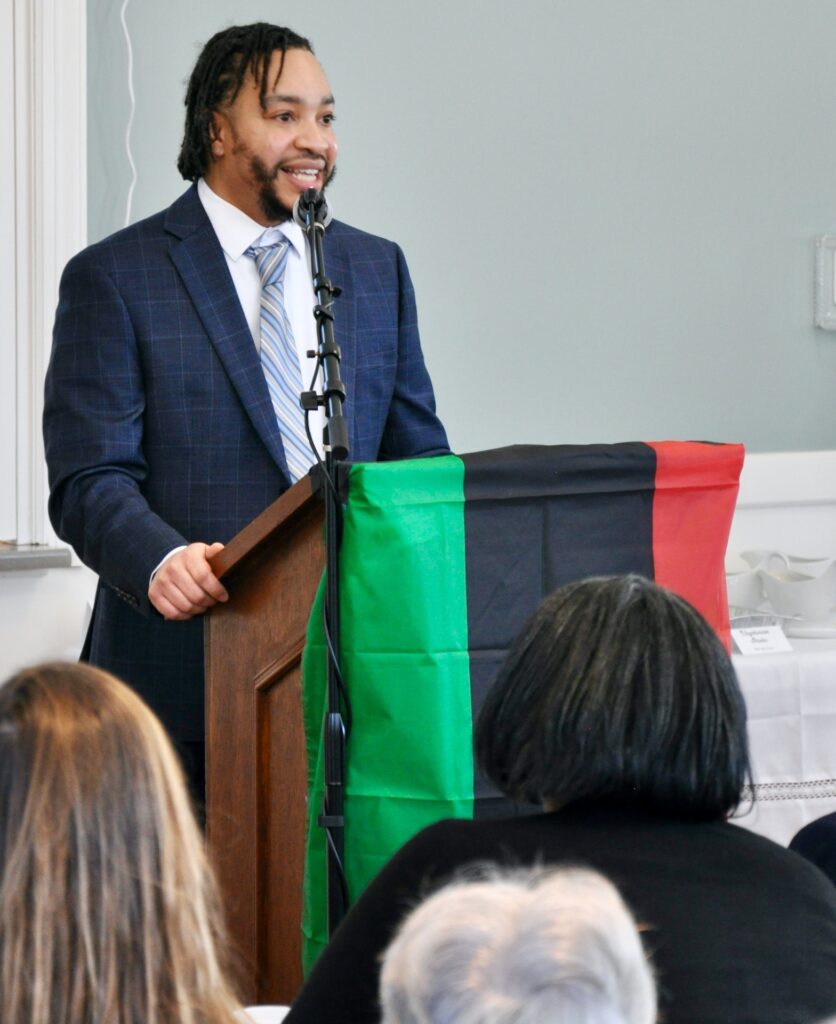The Religious Education Association is holding an online talk this evening. One of the presenters will be on ecological board games:
“Paul H. Van Straten, Memorial University of Newfoundland: ‘Anticipating the Opportunities and Challenges of Using Commercial-off-the-Shelf Games to Educate People on Environmental Sustainability in a Christian Context.’ Some studies show that digital games and board games can be used to facilitate religious learning in Christian post-secondary settings. Would game-based learning be a viable option for educating Christians on environmental sustainability in a congregational church environment? This paper analyzes several commercially-available ecological digital games and board games to explore potential learning opportunities and challenges for integrating such games in a Christian small-group study environment.”
Although the paper will tell about games in Christian communities, I imagine the findings will be applicable to Unitarian Universalist communities as well (perhaps with some tweaking and language changes).
This is actually a topic that I’ve been working for some years now. I’ve used various ecological games in Unitarian Universalist religious education for children and teens since at least 2006. Recently, I’ve been working on ecology games for adults. To this end, I recently attended an online talk by Thomas Maiorana, professor of design at U.C. Davis, where he introduced a board game he’s developing that’s intended to promote wildfire resiliency in local communities. (You can watch a recording of the talk here.)
Local congregations and faith communities should be ideal settings for ecology board games. So I’m looking forward to tonight’s presentation, in hopes that I’ll learn about some new games, and more importantly learn about implementation strategies.
For the record, some of the ecology board games I’ve used in UU settings include:
- Wildcraft: A Cooperative Herbal Adventure Game teaches players about some common wild herbs. It plays well with mixed age groups, and in my experience kids up through middle school have fun with it. At approx. $50, it’s expensive.
- NOAA’s Carbon Cycle Game shows how burning fossil fuels affects the carbon cycle. You can play this as a tabletop game, or as a run-around game.
- Family Pastimes publishes several board games with ecological themes. I’ve played three of their games — A Beautiful Place, Earthquake, and Dragonfly with young children, and all three were fun and well-designed. Better yet, they were inexpensive, just $12-15 each. (But these aren’t adult-friendly games.)
- Promoting Wildfire Resilience. Thomas Maiorana hasn’t yet made the board game publicly available, but will do so soon on this website.
In addition, the following are run-around games, not board games, but worth playing:
- Lynxes, Hares, and Leaves is an active run-around game I got from environmental educator Steve van Matre’s book Acclimatizing. I’ve played this successfully with mixed age groups including adults and kids. Here’s an old version of my adaptation of this game. Someday I’ll get around to posting my updated rules.
- The Food Chain Game is another run-around game that I’ve played successfully with mixed age groups. This is my heavily adapted version of a game from the old Project WILD curriculum. Again, one of these days I’ll post my rules.
Other games I’m intrigued by, but haven’t yet played, include the following:
- Several ecology games in this listicle on the Edge Effects website
- Wildfire: A Learning Game, a free game which you download and print yourself
- Two adult-friendly games from Family Pastimes: Climate Crisis and Somewhere Everywhere Water Rising






